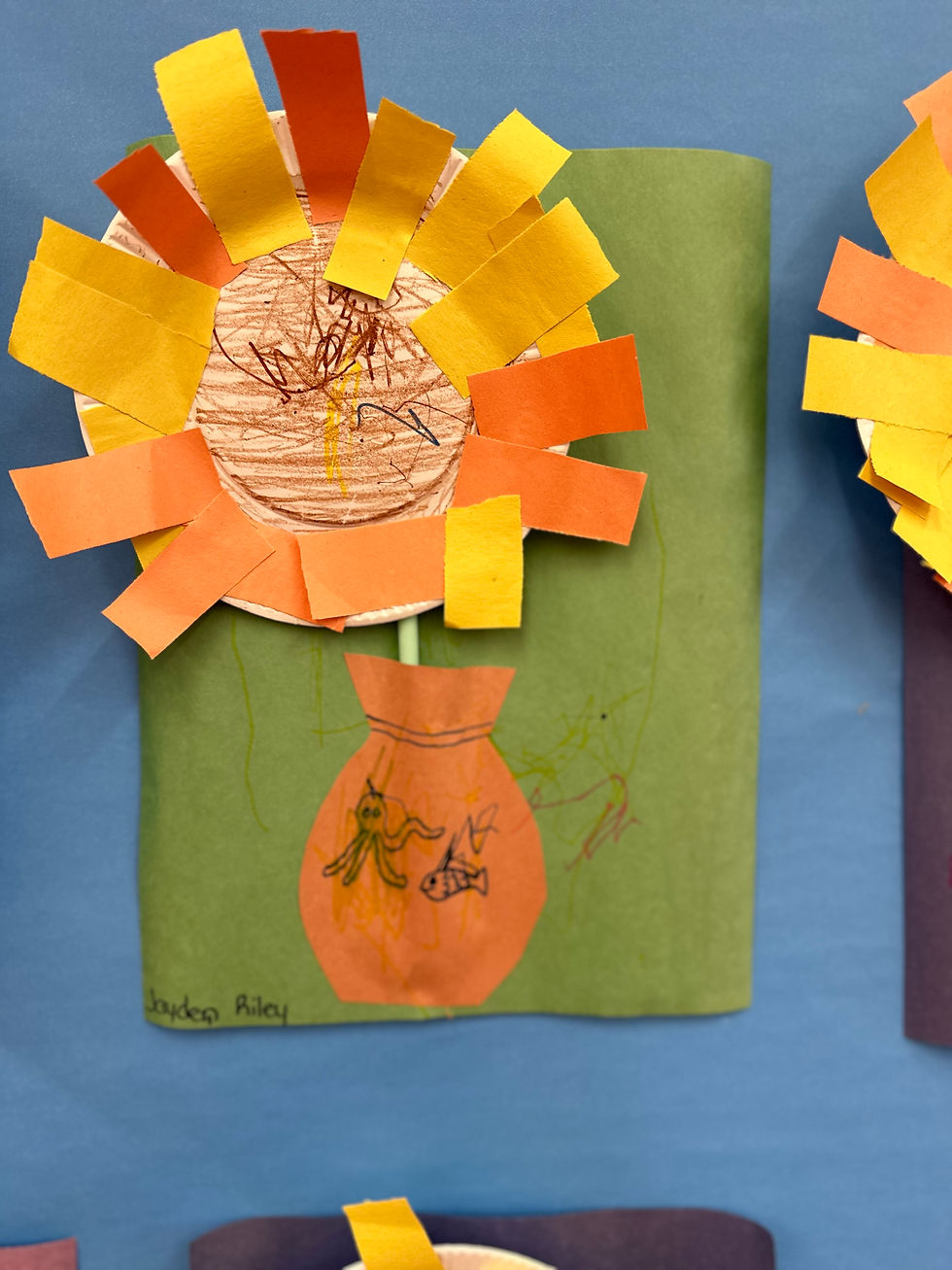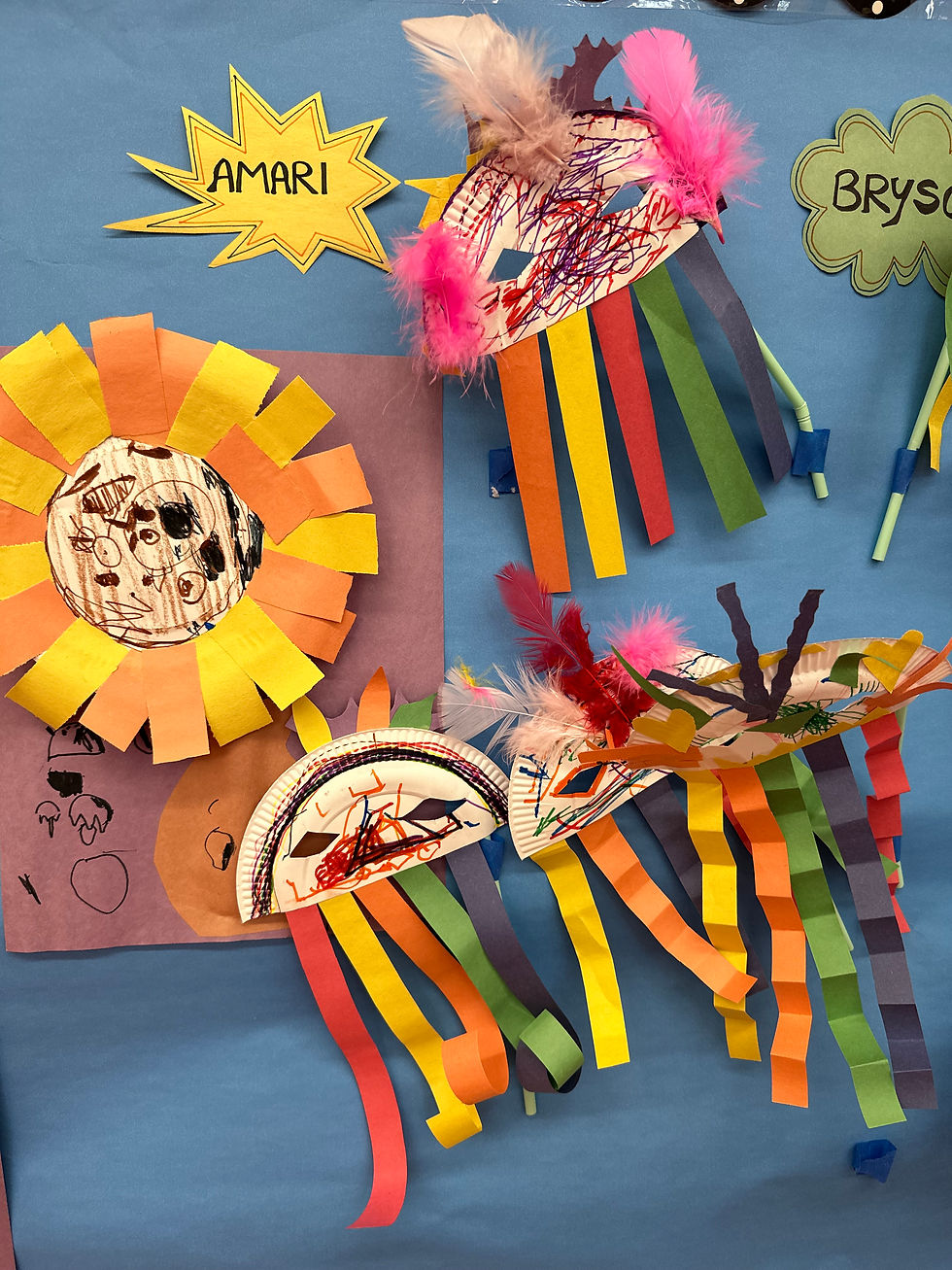
5/29/24
Classroom Visits
In the Classroom with Niousha Kiarashi
CMA Resident Artist Niousha Kiarashi shares how she fosters freedom of expression in special needs students.
Click to expand media gallery.
As part of CMA's Residency for Experimental Arts Education, Niousha Kiarashi leads art classes for elementary school students at Sid Miller Academy, a District 75 school serving students with disabilities in Crown Heights, Brooklyn. Below, visit Niousha in her studio and get a glimpse at her artistic process.

On the Freedom of Expression.
My students know that it’s art class when they walk in the room. Some of them will enter the room and immediately give me a hug. One or two will even say “art class.”
They have so much more freedom in my class compared to their other classrooms. I try to explain this to the paraprofessionals as well. Of course students need discipline and routine, but I want to give them the freedom to get creative and choose what they would like to do in my class. Sometimes the paraprofessionals will stress to students that they need to follow certain steps to complete an assignment. I always let them know that the steps don’t need to be followed exactly; it can be looser, they can experiment with different materials to see what fits their vision.
The big takeaway that I want my students to get out of this school year is freedom of expression. As students with special needs, there are innumerable rules that they must follow, every minute of the day. I want them to learn that even though their days are very disciplined, there is always time for freedom of expression. With art, they don't have to stick to the rules. They can get outside of that framework and create works on their own.
Sometimes my students come up with great ideas that I had never even thought about. I’m in awe of how free and creative my students are, even though many of them are not verbal. They may not make eye contact, but they can create amazing things.

On Students Helping Other Students.
It’s very satisfying to see students become really engaged in a project. Sometimes they go even further with the assignment than I could have expected.
I have students who clean up all by themselves or help me without having learned about it. My heart melts when that happens, because even my youngest students will do it. They’ll come up to my table and just say “help.” I’ll give them the art materials and they go around to other students’ tables and hand out the supplies. They want to get involved; they want to help. It’s great.

On Students' Favorite Materials.
One of my students is non-verbal and doesn’t interact much with others. But when he makes art, it’s magic. Today he made a beautiful abstract sculpture that looked like marble. I was shocked by how well he mixed the clay to get a smooth and dreamy color combination.
When I give students crayons and markers, most of them just scribble on the paper, but a few of them will actually draw a face, a character, or creature from their imagination. I’ve noticed that when I give the students sensory materials, like play doh, they’ll start to make realistic sculptures.

The puppet project was very exciting to me. At that point in the school year, students already learned the fundamentals of art and completed assignments where they had to follow specific steps to get to the outcome. With the puppets, it was the first time that they were free to use whatever material they desired, and that produced a lot of interesting work.

I also enjoy assignments where students don’t have to create the same thing as others. For example, these flowers are all different from each other, even though they came from the same lesson. Or how the fish differ in color composition, but have the same form. With the snowflake project, they came up with compositions that I could not have even imagined.


On Relating Her Art Practice to Her Students.
In my own art practice, I’m very focused on the details, so it’s interesting to see the students pick up on small details as well. One student had glue on his hands and was squishing his fingers together to see textures that had been imprinted on his skin. He was fascinated by it. Similarly, many of them spend a lot of time focusing on how glue and sponges create patterns that you don’t notice unless you look very closely.

On Paraprofessionals.
When I explain the lesson to my students, the paraprofessionals get to learn about it too. For example, the paraprofessionals were amazed to learn about mixing primary and secondary colors to get complimentary colors. It was new to them as well. They had some fun mixing the colors and then transferring what they observed to students. It was amazing to see.









































